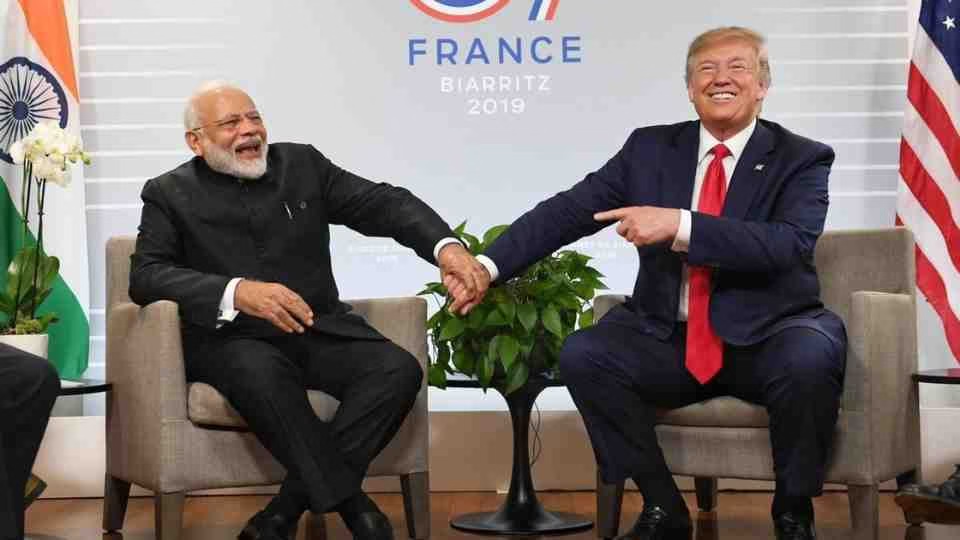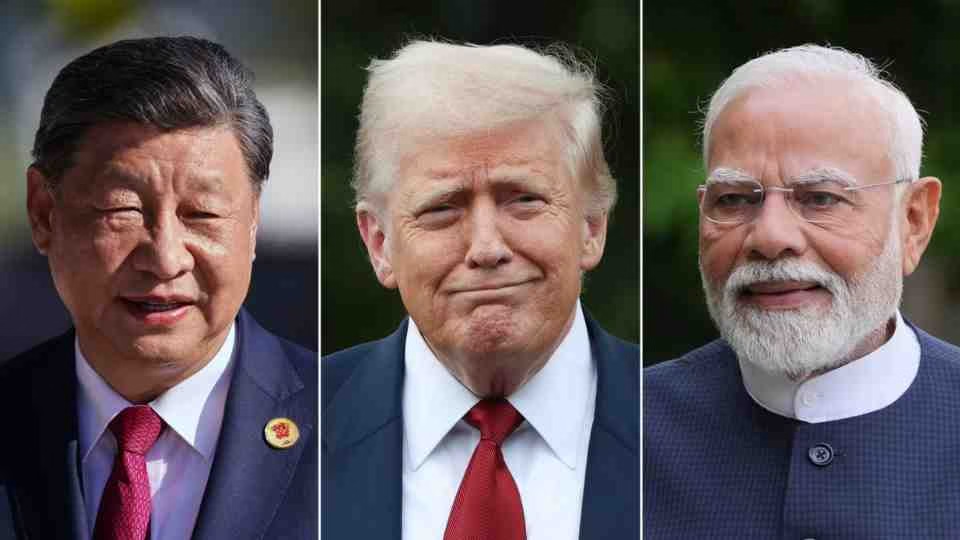Manufacturing Ghost Towns Emerge as Trade War Escalates
The once-bustling floors of Indian manufacturing facilities now echo with an unsettling quiet. Across the country’s major export centers, from textile mills in Tamil Nadu to diamond workshops in Gujarat, the devastating impact of President Trump’s aggressive 50% tariff policy is reshaping entire industries.
Textile Sector Faces Existential Crisis
In Tiruppur, India’s textile manufacturing powerhouse that generates one-third of the nation’s $16 billion garment export revenue, the mood is somber. N Krishnamurthy watches helplessly as most of his 200 sewing machines sit idle in his factory, where major American retailers like Target, Walmart, Gap, and Zara once sourced their products.
The mathematics of survival have become brutal. Previously, an Indian-manufactured shirt priced at $10 will now cost American buyers $16.40 under the new tariff structure—making it significantly less competitive than alternatives from China ($14.20), Bangladesh ($13.20), or Vietnam ($12.00). Even if tariffs were reduced to 25%, Indian products would remain uncompetitive against regional rivals.

“Come September, we might have nothing left to produce,” Krishnamurthy warns, describing how clients have suspended all pending orders. His expansion dreams have crumbled, forcing him to lay off 250 recently hired employees.
The crisis has particularly harsh timing, coinciding with the crucial pre-Christmas ordering season that typically accounts for nearly half of annual export revenues. Factories are now desperately pivoting to domestic markets and India’s upcoming Diwali festival season as their only lifeline.
At Raft Garments, owner Siva Subramaniam stands surrounded by nearly $1 million worth of underwear inventory originally destined for American stores—now worthless stock with no buyers. “We anticipated a trade agreement with the US,” he explains. “Our entire supply chain froze last month. How can I continue paying my workforce under these conditions?”
Diamond Industry’s Double Blow
Mumbai’s diamond processing zones, which handle India’s $10 billion gems and jewelry export business, face their own crisis. The industry was already struggling with declining global demand and competition from laboratory-grown diamonds before the tariffs delivered this additional devastating blow.
Adil Kotwal of Creation Jewellery, who sells 90% of his diamond-studded pieces in America, operates on razor-thin profit margins of just 3-4%. “Even a 10% additional tariff becomes unsustainable,” he explains. “Neither we nor US retailers can absorb these costs.”
The situation is even more dire in Surat, the global hub for diamond cutting and polishing. What was once a thriving industry supporting nearly five million livelihoods now operates only 15 days per month. Hundreds of contract workers have been placed on indefinite leave, while American customers have completely disappeared.
Shailesh Mangukia’s processing facility tells the story in stark numbers: his workforce has shrunk from 300 to just 70 employees, while monthly diamond processing has plummeted from 2,000 pieces to barely 300. Local union leader Bhavesh Tank reports that remaining workers face “declining wages, forced leave, and shrinking monthly incomes.”
Shrimp Farming Industry Buckles
India’s substantial shrimp export sector, which serves the US as a major market, confronts potentially catastrophic tariffs exceeding 60% when combined with existing duties. Prices have already dropped by $0.60-0.72 per kilogram since the tariff announcement, with further declines anticipated.
“This is peak season for US buyers preparing Christmas and New Year inventory,” explains exporter Thota Jagadeesh. “Our farmers are beginning their new cultivation cycles, but Trump’s tariffs have created such uncertainty that we cannot make any business decisions.”
The ripple effects extend throughout the supply chain. MS Varma of Srimannarayana Hatcheries reports that shrimp larvae production has fallen from 100 million annually to just 60-70 million. Industry estimates suggest that 500,000 shrimp farmers face direct impacts, with another 2.5 million affected indirectly.
Government Response Proves Insufficient
Indian authorities have attempted damage control through measures including suspended import duties on raw materials and accelerated trade negotiations with alternative markets. However, industry experts believe these efforts are inadequate given the scale of disruption.
“We should expect significant trade diversion, with US buyers shifting to Mexico, Vietnam, and Bangladesh,” warns Ajay Srivastava of the Global Trade Research Initiative.
Diplomatic Relations Deteriorate
The trade situation has worsened alongside deteriorating diplomatic relations. Scheduled trade talks in Delhi were reportedly canceled, while US officials have intensified criticism of India, accusing the country of “cosying up” to Beijing and serving as a “laundromat” for Russia.
“Future India-US negotiations now depend heavily on the Trump administration’s priorities, both domestic and regarding Russia and China,” observes Gopal Naddur of the Asia Group advisory firm. “Indian policymakers and business leaders must now focus on increasing self-reliance, diversifying markets, and exploring every possible alternative.”
Economic Implications for Job-Strapped Nation
These developments carry particular significance for India, which continues grappling with persistent job creation challenges. The potential loss of millions of livelihoods across multiple export sectors represents a substantial setback for economic growth and employment generation.
As the standoff between the two nations continues, Indian exporters face an uncertain future, forced to reimagine their business models while hoping for eventual resolution to this escalating trade conflict.






